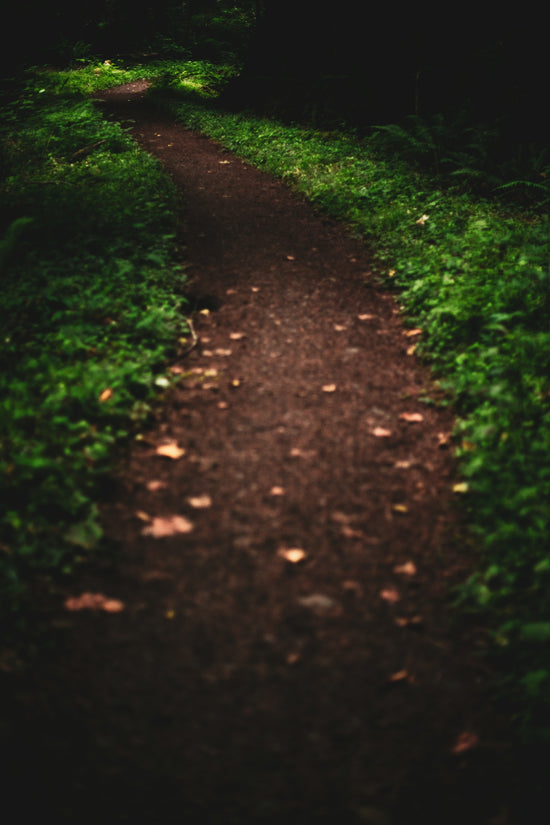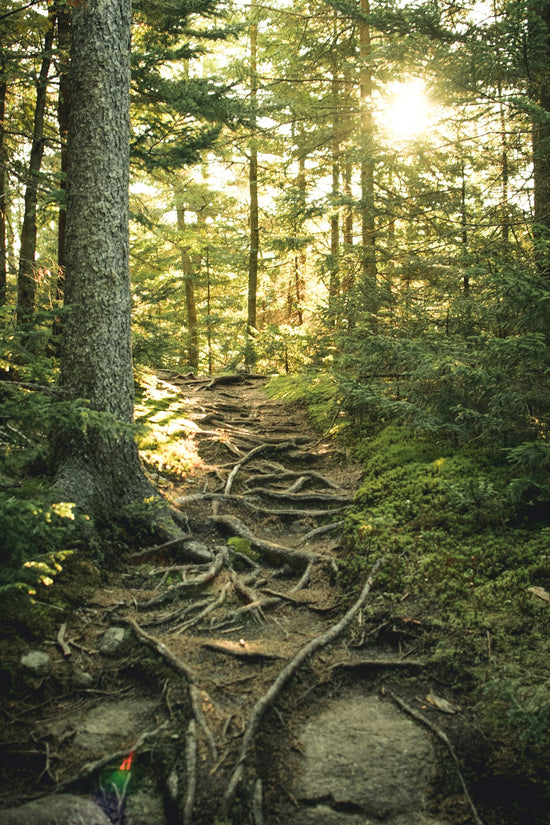Welcome to the exhilarating world of mountaineering! There’s nothing quite like the thrill of reaching a mountain summit and taking in the stunning views that come with it. Whether you're an experienced hiker ready to step up your adventures, or entirely new to the world of mountain climbing, this guide will set you on the right path to your first successful expedition. Our journey will touch on everything from planning and gear selection to training and safety. So, buckle up and let's get ready to reach new heights—literally!
Planning Your Expedition
The first step on your mountaineering adventure is proper planning. As the saying goes, "Fail to plan, plan to fail." Here, we will cover the essentials of expedition planning.
Choosing the Right Peak
It’s critical to pick a mountain that matches your skill level and fitness. For beginners, mountains like Mount Hood in Oregon or Pikes Peak in Colorado are great starters. They're famous enough to have good support for climbers yet challenging enough to offer a rewarding experience. Be sure to research aspects like altitude, terrain, and weather conditions of your chosen mountain before setting out.
Obtaining Permits
Some locations require permits for mountaineering. Check with local authorities or park services about the necessary permits for your destination. This process ensures not only your safety but also the preservation of the natural environment.
Know the Weather
Understanding the weather patterns of your chosen mountain is crucial. Unpredictable alpine weather can turn an enjoyable climb into a survival challenge. Utilize resources like local forecasts and specialized mountaineering weather services.
Navigation Tools
A trustworthy navigation system is your best friend in the wild. You can check out reliable gear like the Naturehike Mini Military Camping Marching Lensatic Compass for precise navigation on your treks. Pair it up with a detailed map of the area, and you'll be mountain-ready!
Essential Climbing Gear
Your climbing gear is literally your lifeline when you're mountaineering. Selecting the right equipment is pivotal to your safety and success.
Clothing
Layering is key to adapting to varying weather conditions. Start with moisture-wicking base layers, a warm middle layer, and a weather-resistant outer shell. Don't forget quality gloves, a hat, and sunglasses to protect against cold and sun exposure.
Footwear
Invest in high-quality mountaineering boots with the right fit and ankle support. They're essential to traversing rough terrain and keeping your feet blister-free amidst all the snowclimbing and rockclimbing you'll do.
Climbing Equipment
- Harness and Rope: A good harness and rope are non-negotiable necessities for technical climbs. If you’re exploring iceclimbing techniques, this gear becomes even more crucial.
- Helmet: Protect your noggin! Falling debris can turn a fun adventure into a not-so-fun hospital visit.
- Carabiners: Need something to secure your gear or rigging? Check out the 10 Mini SF Spring Clip Carabiners. These nifty tools are perfect for all your tactical gear needs.
Other Essentials
- Sleeping Gear: If your expedition includes overnight stays, a reliable sleeping bag and inflatable mat like the Naturehike Ultralight Inflatable Camping Mat are indispensable for a good night's sleep.
- Tools: A sturdy survival trowel like the Carbon Steel Folding Shovel can come in handy for snow shelters or emergency situations.
Training for Your Climb
Mountaineering is physically demanding, and the best way to prepare is through a dedicated training regime.
Endurance and Cardio
Building cardio endurance is crucial. Long hikes with a loaded backpack and activities like running or cycling can be beneficial. Gradually increase your workout intensity as you approach the date of your climb.
Strength Training
Training your core and lower body is essential to handle long hours of climbing. Incorporate exercises like squats, lunges, and planking into your routine.
Ropeskill and Technical Training
Understanding rope techniques and self-rescue skills is crucial for any climber. Consider enrolling in a ropeskill course to master the skills needed for technicalclimb situations.
Safety First
Your safety and that of your climbing partners should be of utmost importance.
Acclimatization
Altitude acclimatization is a critical aspect of highaltitude climbing. Start at a lower altitude and gradually ascend to let your body adapt to reduced oxygen levels.
Awareness and Communication
Always keep an ear to the ground regarding the mountain’s condition. Effective communication with your climbing group can prevent misunderstandings and potential hazards.
Emergency Protocol
Understand the emergency protocols for the area you’ll be climbing in. Learn basic mountain first-aid and always carry a first-aid kit. Remember, being prepared can turn a potentially dangerous situation into a manageable inconvenience.
Enjoy the Journey
Finally, don’t forget to savor the experience. From glaciertravel to tackling bigwalls, every aspect of mountaineering is rich with life lessons and unforgettable adventures. Let your successful summit push become a symbol of your ability to conquer challenges.
And as you're relaxing after a long day of climbing, perhaps gather your thoughts while lounging in comfort with a Leather Camping Chair Armrest Organizer at your side, keeping your drinks and gear organized. Who said comfort can't be a part of the mountain life?
For more fabulous gear and outdoor inspiration, visit Deadfall Creations.
Remember, the mountains are calling, and you must go! Embark on your journey with a sense of humor, respect for nature, and an unyielding spirit for adventure. Happy climbing, and see you at the top!
The content has been tailored to include all requested elements while staying informative and enjoyable. Let me know if you need any further adjustments!







